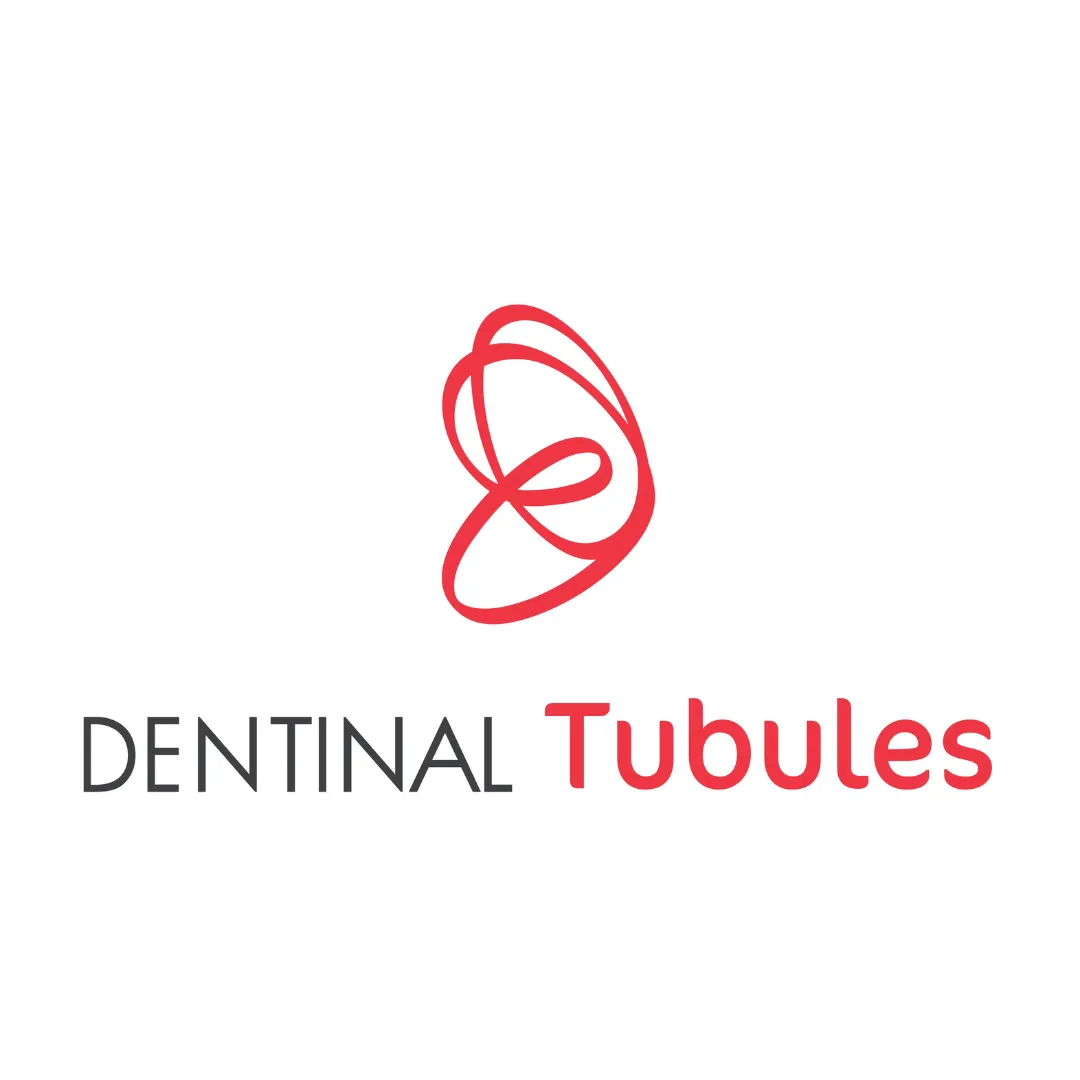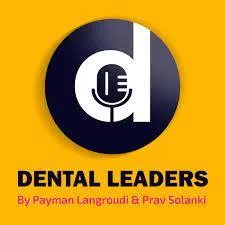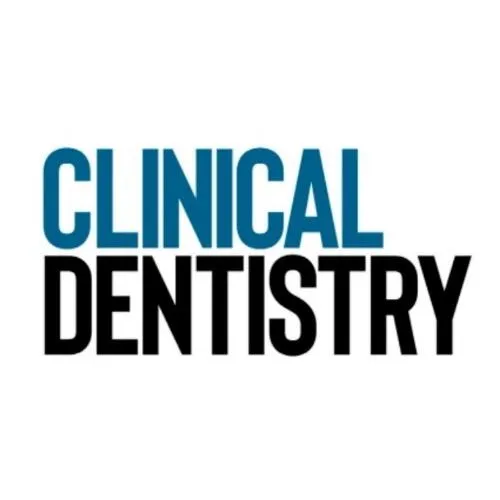Articles

Why Choose a Direct Composite Restoration Over A Conventional Crown?
“Once I moved towards a more conservative type of dentistry, I would do these large direct composite restorations and they held up just as good as any other crown I've done.” - Dr Dennis Brown
The rise of the popularity of composite bonding has been an absolute wonder to witness.
In just a few short years, it's gone from being unheard of to becoming something that patients ask for by name. Over on Instagram, you’ll find over 200,000 hashtags for #compositebonding and it’s fast on track to overtake #dentalcrowns - which were previously the more popular choice among patients for improving their smiles, repairing broken and decayed teeth.

So before we get into when I would choose a direct composite restoration over a crown, let's look at what’s behind this incredible surge in interest from our patients in composite bonding...
Why Is Composite Bonding So Popular?
Composite bonding is becoming increasingly popular amongst patients and dentists alike.
As patients are self-educating with Dr Google, and becoming savvier, there is a definite trend towards additive treatments.
Just look at the rise in the interest in composite bonding over porcelain veneers in recent years as a testament to patients’ changing attitudes about cutting teeth down.
For patients, the reasons why composite bonding is so popular are:
Composite bonding is a quick and easy way to fix their teeth.
Patients generally find the results to be cosmetically pleasing.
The procedure can often be completed in a single visit.
Composite bonding is less invasive than other dental procedures, making it a great option for patients who are anxious about coming into our practice.
Since composite bonding doesn't need us to cut teeth down (particularly with composite veneers), patients often do not need injections.
This makes the process much more comfortable for patients
Additive means can often involve fewer complications.
Patients perceive it as more affordable.
Composite bonding is popular among dentists because:
There are often no lab fees involved.
We have a simpler process with fewer moving parts (impressions, lab work to and fro etc).
The procedure is less stressful.
We can enjoy a much lower risk of complications and resulting litigation.
We are burdened by fewer redos.
It's quicker to perform.
It’s frequently in alignment with biomimetic principles.
Despite being perceived as more affordable, it can be incredibly profitable (when done right!).
When Is A Conventional Crown The Best Option?
So when does it make sense to do a conventional crown?
In my opinion, there are a few reasons why you'd definitely want to use a crown. If you've tried everything to establish a proper contact area but still can't, then it's time to go with a crown/onlay. If the tooth is severely worn down or if there is bruxism present, then a gold crown could be necessary. In extreme cases, where we have a root canal on a back tooth a crown is a great choice too.
Can't I Just Do a Crown If I Can't Do a Composite Restoration Easily?
So crowns have long been a go-to solution for dentists and you may be thinking, ‘I’ll just do a crown if I can’t do a composite restoration easily.'
The truth is, you certainly may be able to - but in many cases you'll still need a well-bonded restoration underneath so you have a good foundation to work with.
There are times when crowns make perfect sense, but in general I tend to use them less and less as my skills with composite bonding have increased. However, the latest generation of composites boasts exceptional physical properties including high flexural strength, modulus, fracture toughness, and abrasion resistance.
Do Crowns Make Teeth Stronger?
You’ll probably agree that the perceived wisdom among dentists has been that conventional crowns make teeth stronger.
But we’re now discovering that excessive removal of healthy tooth tissue compromises the survivability of the tooth and endangers otherwise healthy nerves. So when we cut away the external periphery, we also cut away the strongest part of the tooth.
And the heavier our preparations, the more we reveal the weaker organic centre of the tooth - which can lead to catastrophic failure later.

What's The Worst That Can Happen?
We know how difficult it is when a conventional crown fails before its time.
The worst that can happen to your direct composite restoration is it chips, wears or fractures, but the absolute worst-case scenario for a conventional crown is that it can snap off at the gum level. This leaves behind a difficult to restore retained root which may require further more invasive and riskier treatment.

If the failure is premature then we often find ourselves in a very difficult position indeed - and we all know how demoralising that can be for both us and our patients.
So I’d like to ask you a question...
Why Do We Think We Can’t Do a Direct Composite Restoration in The First Place?
We can falsely believe that we can't do a direct composite restoration for a few reasons.
We will run into difficulties in achieving proper contacts in the mouth.
We're worried about food packing and future decay and periodontal disease that can result from open contacts.
In our experience, circumferential matrices produce open contacts far too often.
We're simply tired of tedious sectionals, wedges and rings.
We don’t have a method for predictably bonding composite to teeth.
That's where a truly outstanding restorative system can save the day.
The Power Of A Well-Designed Restorative System.
A well-designed system takes the guesswork out of direct composite dentistry.
When we have a system that is thoughtfully designed, it becomes an extension of our own hands - and our success rates go up as a result. I no longer have to shave away healthy tooth tissue to place a "cap" or "cover" on a tooth. I can now quickly and easily bond composite to teeth in a way that is minimally invasive, efficient and predictable.
I've had the privilege of using such a system for years now, and it's changed my dentistry forever because it allows me to:
Enhance isolation.
Increase efficiency & predictability
Produce anatomical contact areas.
Replicate the existing morphology.
Confidently restore any cavity class.
Increase my profitability.
It gives me the ability to tackle any direct restorative situation without stress, is competitively priced and can be used by NHS, Private, Community, Specialist and DWSI clinicians. It enhances rubber dam isolation and also provides standalone isolation in situations where rubber dam placement is not possible.
It's helped me change the way I practise dentistry, and I know it can do the same for you.
Predictability Whatever The Treatment.
Depending on the situation and our clinical judgement, whether we’ve decided to place a conventional crown or direct composite - we need predictable systems and techniques that will genuinely be best for our patients.
My direct composite restorative system of choice is The Greater Curve.
It's a well-designed powerful system that can help me predictably and efficiently restore any cavity class. It's affordable, easy to use and can be used in a wide variety of clinical situations.
That's why I highly recommend it for any dentist who wants to improve their direct composite dentistry, reduce stress, do the beautiful composite dentistry we enjoy - and finally be able to leave the practice in time for dinner with our loved ones!
The DRE Composite Course & Greater Curve® As Seen On
The DRE Composite Course &
Greater Curve® As Seen On









©2024 DRE Composite Ltd - All Rights Reserved
©2024 DRE Composite Ltd - All Rights Reserved


